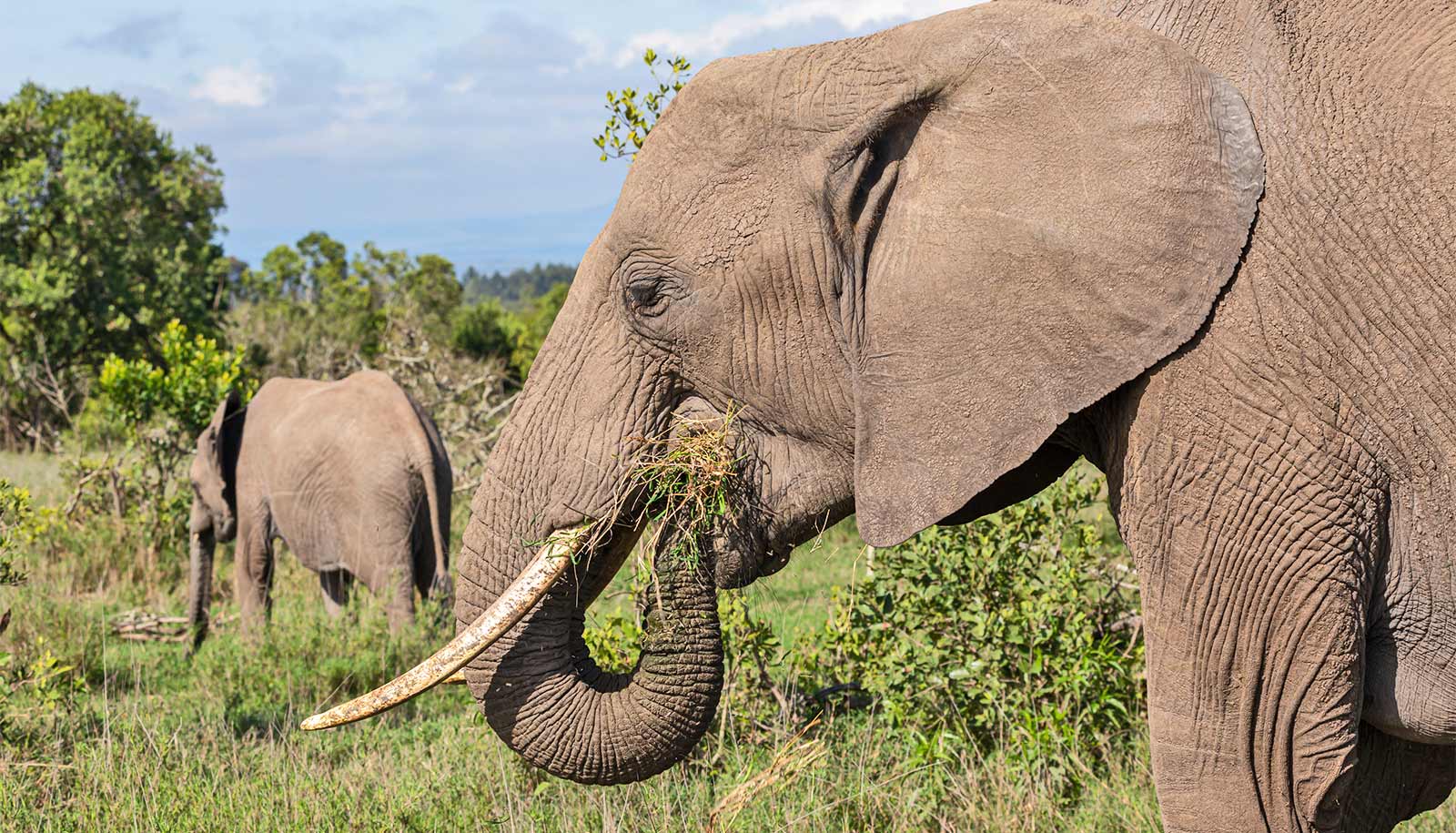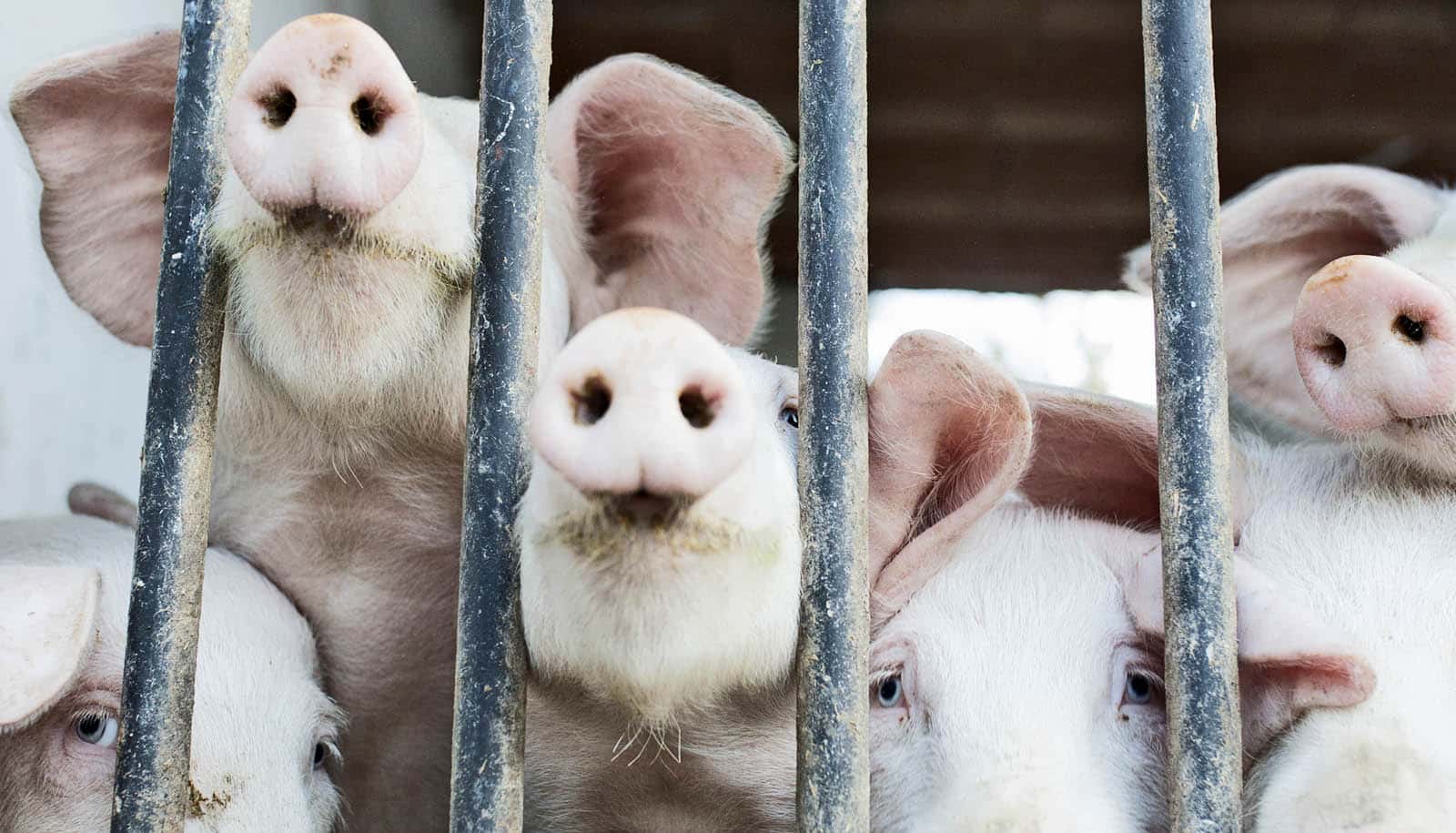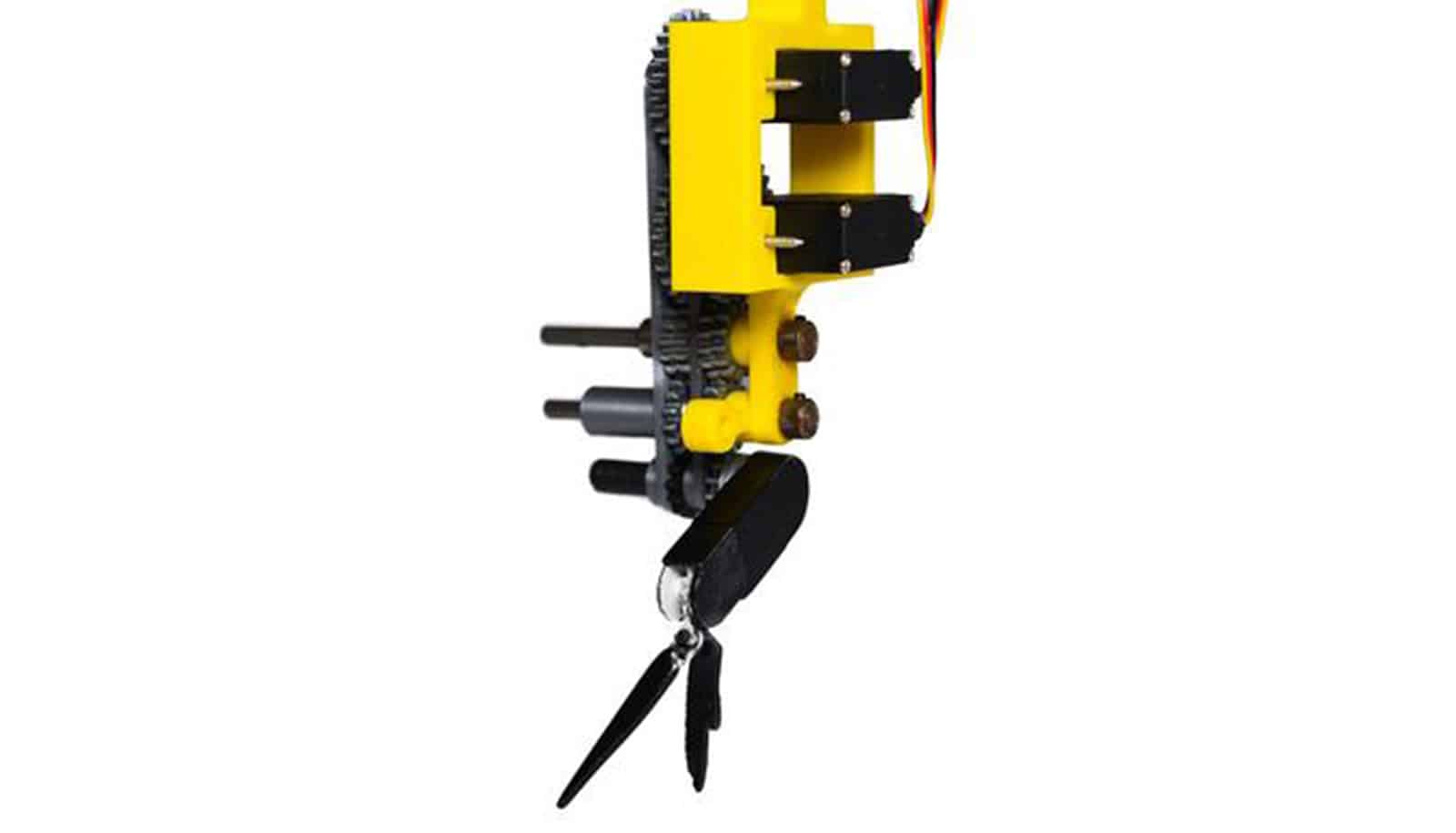A new analysis of the dietary habits of elephants showed surprising variation from meal to meal.
Elephants eat plants. That’s common knowledge. Yet figuring out exactly what kind of plants the iconic herbivores eat is more complicated.
For the new study, a team of conservation biologists used innovative methods to efficiently and precisely analyze the dietary habits of two groups of elephants in Kenya, down to the specific types of plants eaten by which animals in the group.
Their findings on the habits of individual elephants help answer important questions about the foraging behaviors of groups, and help biologists understand the conservation approaches that best keep elephants not only sated but satisfied.
“It’s really important for conservationists to keep in mind that when animals don’t get enough of the foods that they need, they may survive—but they may not prosper,” says Tyler Kartzinel, an assistant professor of environmental studies and of ecology, evolution, and organismal biology at Brown University and author of the study in the journal Royal Society Open Science.
“By better understanding what each individual eats, we can better manage iconic species like elephants, rhinos, and bison to ensure their populations can grow in sustainable ways.”
What’s an elephant’s favorite food?
One of the main tools that the scientists used to conduct their study is called DNA metabarcoding, a cutting-edge genetic technique that allows researchers to identify the composition of biological samples by matching the extracted DNA fragments representing an elephant’s food to a library of plant DNA barcodes.
Brown has been developing applications for this technology, says Kartzinel, and bringing together researchers from molecular biology and the computational side to solve problems faced by conservationists in the field.
This is the first use of DNA metabarcoding to answer a long-term question about social foraging ecology, which is how members of a social group—such as a family—decide what foods to eat, Kartzinel says.
“When I talk to non-ecologists, they are stunned to learn that we have never really had a clear picture of what all of these charismatic large mammals actually eat in nature,” Kartzinel says. “The reason is that these animals are difficult and dangerous to observe from up close, they move long distances, they feed at night and in thick bush, and a lot of the plants they feed on are quite small.”
Not only are the elephants hard to monitor, but their food can be nearly impossible to identify by eye, even for an expert botanist, according to Kartzinel, who has conducted field research in Kenya.
The researchers compared the new genetic technique to a method called stable isotope analysis, which involves a chemical analysis of animal hair. Two of the study authors, George Wittemyer at Colorado State University and Thure Cerling at the University of Utah, had previously shown that elephants switch from eating fresh grasses when it rains to eating trees during the long dry season.
While this advanced study by allowing researchers to identify broad-scale dietary patterns, they still couldn’t discern the different types of plants in the elephant’s diet.
Clues in elephants’ poo
The scientists had saved fecal samples that had been collected in partnership with the non-profit organization Save the Elephants when Wittemyer and Cerling were conducting the stable isotopes analyses almost 20 years ago. Study author Brian Gill, then a Brown postdoctoral associate, determined that the samples were still usable even after many years in storage.
The team coupled combined analyses of carbon stable isotopes from the feces and hair of elephants with dietary DNA metabarcoding, GPS-tracking, and remote-sensing data to evaluate the dietary variation of individual elephants in two groups.
They matched each unique DNA sequence in the sample to a collection of reference plants—developed with the botanical expertise of Paul Musili, director of the East Africa Herbarium at the National Museums of Kenya—and compared the diets of individual elephants through time.
In their analysis, they showed that dietary differences among individuals were often far greater than had been previously assumed, even among family members that foraged together on a given day.
This study helps address a classic paradox in wildlife ecology, Kartzinel says: “How do social bonds hold family groups together in a world of limited resources?”
In other words, given that elephants all seemingly eat the same plants, it’s not obvious why competition for food doesn’t push them apart and force them to forage independently.
The simple answer is that elephants vary their diets based not only on what’s available but also their preferences and physiological needs, says Kartzinel. A pregnant elephant, for example, may have different cravings and requirements at various times in her pregnancy.
While the study wasn’t designed to explain social behavior, these findings help inform theories of why a group of elephants may forage together: The individual elephants don’t always eat exactly the same plants at the same time, so there will usually be enough plants to go around.
These findings may offer valuable insights for conservation biologists. To protect elephants and other major species and create environments in which they can successfully reproduce and grow their populations, they need a variety of plants to eat. This may also decrease the chances of inter-species competition and prevent the animals from poaching human food sources, such as crops.
“Wildlife populations need access to diverse dietary resources to prosper,” Kartzinel says. “Each elephant needs variety, a little bit of spice—not literally in their food, but in their dietary habits.”
The National Science Foundation supported the work.
Source: Brown University










